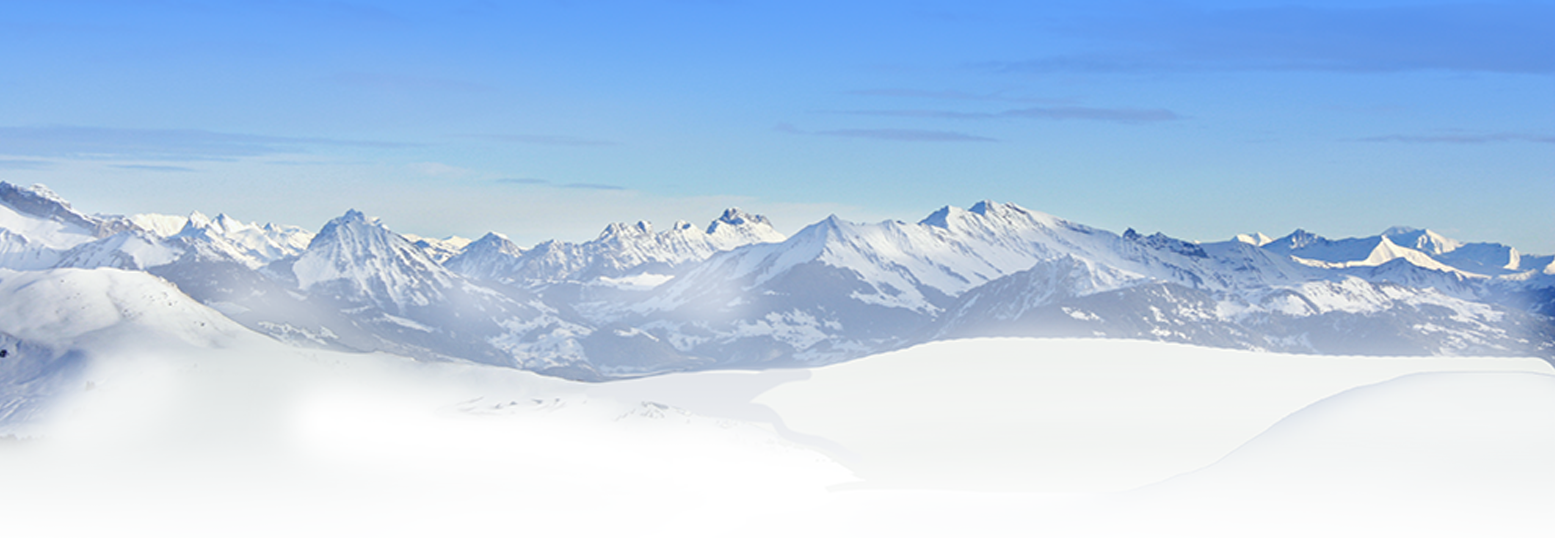
High Altitude Baking — All your questions answered

High Altitude Baking — All your questions answered
This text is an excerpt from the book, Pie in the Sky, by Susan G. Purdy
 Recipes developed for baking at sea level react differently when prepared at high altitudes. Baking results depend on many factors: food chemistry, atmospheric pressure, humidity, and climatic conditions, in addition to elevation.
Recipes developed for baking at sea level react differently when prepared at high altitudes. Baking results depend on many factors: food chemistry, atmospheric pressure, humidity, and climatic conditions, in addition to elevation.
The first thing you notice as you climb in altitude is that the higher you go, the thinner the air – the lower the atmospheric pressure – which begins to affect baking at between 2,000 and 3,000 feet above sea level.
As the elevation rises, three major factors may cause a recipe to need adjustment in ingredients, cooking times, and/or temperatures. The higher in elevation you go:
1. The lower the boiling point of water
2. The faster liquids (and moisture in general) evaporate
3. The more quickly leavening gases expand
Elevation – Feet (Meters) |
Boiling Point – Fahrenheit ºF (Celsius ºC) |
|---|---|
0 ft (0 m) |
212.0 ºF (100 ºC) |
| 500 ft (152.4 m) | 211.1 ºF (99.50 ºC) |
| 1,000 ft (304.8 m) | 210.2 ºF (99.00 ºC) |
| 1,500 ft (457.2 m) | 209.3 ºF (98.50 ºC) |
| 2,000 ft (609.6 m) | 208.5 ºF (98.06 ºC) |
| 2,500 ft (762.0 m) | 207.6 ºF (97.56 ºC) |
| 3,000 ft (914.4 m) | 206.7 ºF (97.06 ºC) |
| 3,500 ft (1,067 m) | 205.8 ºF (96.56 ºC) |
| 4,000 ft (1,219 m) | 204.9 ºF (96.06 ºC) |
| 4,500 ft (1,372 m) | 204.1 ºF (95.61 ºC) |
| 5,000 ft (1,524 m) | 203.2 ºF (95.11 ºC) |
| 5,500 ft (1,676 m) | 202.4 ºF (94.67 ºC) |
| 6,000 ft (1,829 m) | 201.5 ºF (94.17 ºC) |
| 6,500 ft (1,981 m) | 200.6 ºF (93.67 ºC) |
| 7,000 ft (2,134 m) | 199.8 ºF (93.22 ºC) |
| 7,500 ft (2,286 m) | 198.9 ºF (92.72 ºC) |
| 8,000 ft (2,438 m) | 198.1 ºF (92.27 ºC) |
| 8,500 ft (2,591 m) | 197.2 ºF (91.78 ºC) |
| 9,000 ft (2,743 m) | 196.4 ºF (91.33 ºC) |
| 9,500 ft (2,895 m) | 195.5 ºF (90.83 ºC) |
| 10,000 ft (3,048 m) | 194.7 ºF (90.39 ºC) |
| 15,000 ft (4,572 m) | 185.0 ºF (85.00 ºC) |
Every 500-foot increase in altitude causes the boiling point of water to drop about one degree. Under standard atmospheric conditions, water boils at 212°F at sea level, 203.2°F at 5,000 feet, and 194.7°F at 10,000 feet. When water boils at a lower temperature, it takes longer to cook foods in or over liquid; custards take longer to set; foods in the top of a double boiler may not receive sufficient heat to cook properly; dense moist cake batter may resist setting or crust over on top before the interior gets hot enough to set; pie crust can over-brown on top before fruit inside bakes through.
When water evaporates from a batter or dough, it changes the ratio of liquids to solids and leaves a higher concentration of sugar and fat. This can weaken the structure of baked goods, causing them to set too slowly, have a coarse texture, or collapse. Pies, cakes, and cookies baked at high altitude using sea level times and temperatures may not brown enough on top because faster evaporation lowers the temperature on the surface of baked goods. This inhibits browning usually created by the caramelization of sugars.
When leavening gases expand quickly, baked goods can rise too fast. Yeast breads can over-proof, or rise and then droop; butter or foam cakes and soufflés can pop up, then collapse.
Higher also means drier. Drier air can mean drier flour, so high altitude recipes can require more liquid (though gluten content of flour primarily governs liquid absorption). High altitude baking is an art, not a science. There is no magic wand or single adjustment that will save (or stabilize) every recipe. Each one needs carefully balanced adjustments (found in PIE IN THE SKY) to overcome the forces, and challenges, that multiply as fast as altitude rises.